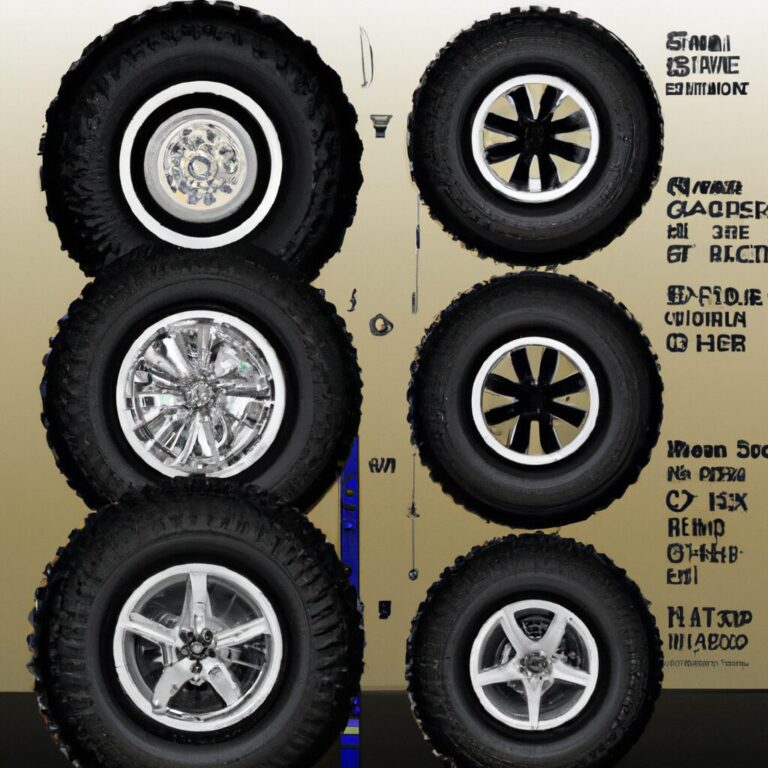How to Check Oil Without Dipstick
To check oil without a dipstick, use the digital oil level sensor in newer vehicle models. This sensor provides accurate oil level information.
In modern cars without a traditional dipstick, you can still check the oil level using a digital oil level sensor. Traditional dipsticks have been replaced by advanced technology, making it easier to monitor oil levels accurately. This sensor is typically found in newer car models.
By following the manufacturer’s instructions, you can easily check your oil level and ensure that your vehicle is properly maintained. Understanding this process will help you keep your car running smoothly and prevent any potential issues related to low oil levels.

Credit: m.youtube.com
Why Checking The Oil Level Is Important
Regularly checking the oil level in your vehicle is vital to maintaining its optimal performance and preventing engine damage. Keeping the oil at the right level ensures that your engine operates smoothly and efficiently.
Preventing Engine Damage
Regular oil checks help prevent engine damage by ensuring that the components are properly lubricated. Inadequate oil levels can lead to increased friction and wear and tear on the engine, potentially causing long-term damage.
Ensuring Optimal Performance
Maintaining the correct oil level in your vehicle ensures that the engine can perform at its best. Proper lubrication reduces friction, enhances fuel efficiency, and helps to extend the lifespan of the engine.

Credit: www.machinerylubrication.com
Alternative Methods To Check Oil Without A Dipstick
Alternative Methods to Check Oil Without a Dipstick
Using The Oil Level Indicator
An oil level indicator is a reliable way to check oil without a dipstick. Look for the oil level indicator tube on the engine. Start the engine and let it run for a few minutes to warm up the oil. Turn off the engine and wait a minute for the oil to settle. Check the oil level on the indicator – it should be between the minimum and maximum marks.
Observing The Oil Filter
Another method is to check the oil filter for oil level. Locate the oil filter on the engine. Remove the oil filter and observe the oil residue inside. A proper oil level should leave some oil in the filter, indicating that the engine has enough oil.
Using A Dipstick Substitute
A dipstick substitute can also be used to check oil level. You can use a cable tie or a long zip tie as a makeshift dipstick. Insert the substitute into the oil fill tube until it reaches the bottom. Pull it out and observe the oil level. Make sure to clean the substitute before each check to get an accurate reading.
Step-by-step Guide To Checking Oil Without A Dipstick
Discover how to check your car’s oil levels even without a dipstick with this step-by-step guide. Learn the simple yet effective techniques to maintain your engine’s performance effortlessly.
Locating The Oil Fill Cap
Before checking the oil level, locate the oil fill cap on your vehicle’s engine. This cap is usually labeled and can be found near the top of the engine. Open the oil fill cap carefully to ensure no debris falls into the engine.
Determining The Correct Oil Level
Look for an oil level indicator on the side of the engine block. This indicator provides a visual guide to determine if the oil level is adequate. Ensure the vehicle is on a level surface for an accurate reading. The oil level should fall between the minimum and maximum markings on the indicator.
Adding Or Changing Oil
If the oil level is low, add the appropriate type and amount of oil recommended for your vehicle. Unscrew the oil filler cap and pour in the oil slowly. Re-check the oil level using the indicator to confirm it is within the recommended range. If necessary, change the oil following your vehicle’s maintenance schedule.
Precautions And Tips For Accurate Oil Checking
When it comes to checking your oil level without a dipstick, it’s essential to take the necessary precautions and follow some tips to ensure accurate results. By following these guidelines, you can maintain your engine’s performance and potentially avoid costly repairs.
Park On A Level Surface
Parking your vehicle on a level surface is crucial for an accurate oil check. When the car is parked on an incline, the oil can pool in the engine, giving a false reading. Be sure to find a flat spot before proceeding with the oil check.
Allow The Engine To Cool Down
Before checking the oil, it’s important to allow the engine to cool down. This ensures that the oil has settled and provides a more accurate reading. Wait at least a few minutes after turning off the engine before proceeding.
Follow Manufacturer’s Guidelines
Always refer to your vehicle’s manual for specific instructions on how to check the oil without a dipstick. Different vehicles may have varying procedures, and it’s crucial to follow the guidelines provided by the manufacturer to ensure accuracy.
Benefits Of Regular Oil Checks And Maintenance
Regular oil checks and maintenance are crucial for the proper functioning and longevity of your vehicle’s engine. By keeping a check on your oil levels and ensuring they are at the optimal level, you can enjoy a range of benefits that contribute to the overall health of your vehicle.
Improved Fuel Efficiency
Maintaining the proper oil level in your engine can significantly boost fuel efficiency. When your vehicle’s engine operates with the right amount of oil, it experiences less friction and runs smoothly, allowing it to function more efficiently. This, in turn, leads to better fuel consumption and ultimately saves you money at the gas pump.
Extended Engine Lifespan
Regular oil checks and maintenance play a crucial role in extending the lifespan of your engine. Engine oil acts as a lubricant, reducing friction and preventing excessive wear and tear on engine components. By ensuring you have the correct oil level and changing the oil at regular intervals, you can protect your engine from premature damage and enjoy a long-lasting and reliable vehicle.
Early Detection Of Potential Problems
One of the key benefits of checking your oil regularly is the ability to detect potential problems early on. When you inspect your oil, you can identify any signs of contaminants, such as metal particles or coolant, which may indicate a more serious issue with your engine. Catching these problems early allows you to address them promptly, minimizing potential damage and costly repairs in the future.
In conclusion, incorporating regular oil checks and maintenance into your vehicle care routine offers a range of benefits. It improves fuel efficiency, extends the engine lifespan, and helps you catch potential problems at an early stage. By devoting a little time and attention to your engine’s oil, you can ensure the optimal performance and longevity of your vehicle.

Credit: www.dubizzle.com
Frequently Asked Questions On How To Check Oil Without Dipstick
What If My Car Doesn’t Have A Dipstick?
If your car doesn’t have a dipstick, it may have a sealed transmission system. In this case, it’s best to consult a professional mechanic for transmission fluid checks and maintenance.
What Can Be Used As A Dipstick?
Common items like a ruler, wire, or metal rod can be used as a dipstick for measuring fluid levels.
How Do You Check Engine Oil By Hand?
To check engine oil by hand, remove the dipstick, wipe it clean, reinsert fully, then pull out to check oil level and quality.
What Is The Most Accurate Way To Check Oil Level?
To check oil level, park on level ground, wait for engine to cool, remove dipstick, wipe it clean, reinsert fully, then remove again to check level.
How Do You Check Oil Without A Dipstick?
To check oil without a dipstick, locate the oil fill cap, remove it, clean it, and reinsert it without screwing it on. Then, remove the cap and check the oil level visually.
Can You Check Your Car’s Oil Level Without A Dipstick?
Yes, you can check your car’s oil level without a dipstick by referring to the vehicle’s manual for alternative methods, such as using the oil level monitor or electronic dipstick.
What Should You Do If Your Car Doesn’t Have A Dipstick For Oil?
If your car doesn’t have a dipstick for oil, it is best to consult the vehicle manual to determine the alternative method recommended by the manufacturer to check the oil level accurately.
Conclusion
Checking oil without a dipstick is possible using alternative methods such as electronic oil level monitors or visual oil level indicators. Understanding these techniques will ensure you can check your oil without a dipstick, allowing you to maintain your vehicle’s health and performance effectively.
Keep your engine running smoothly by monitoring oil levels regularly.


